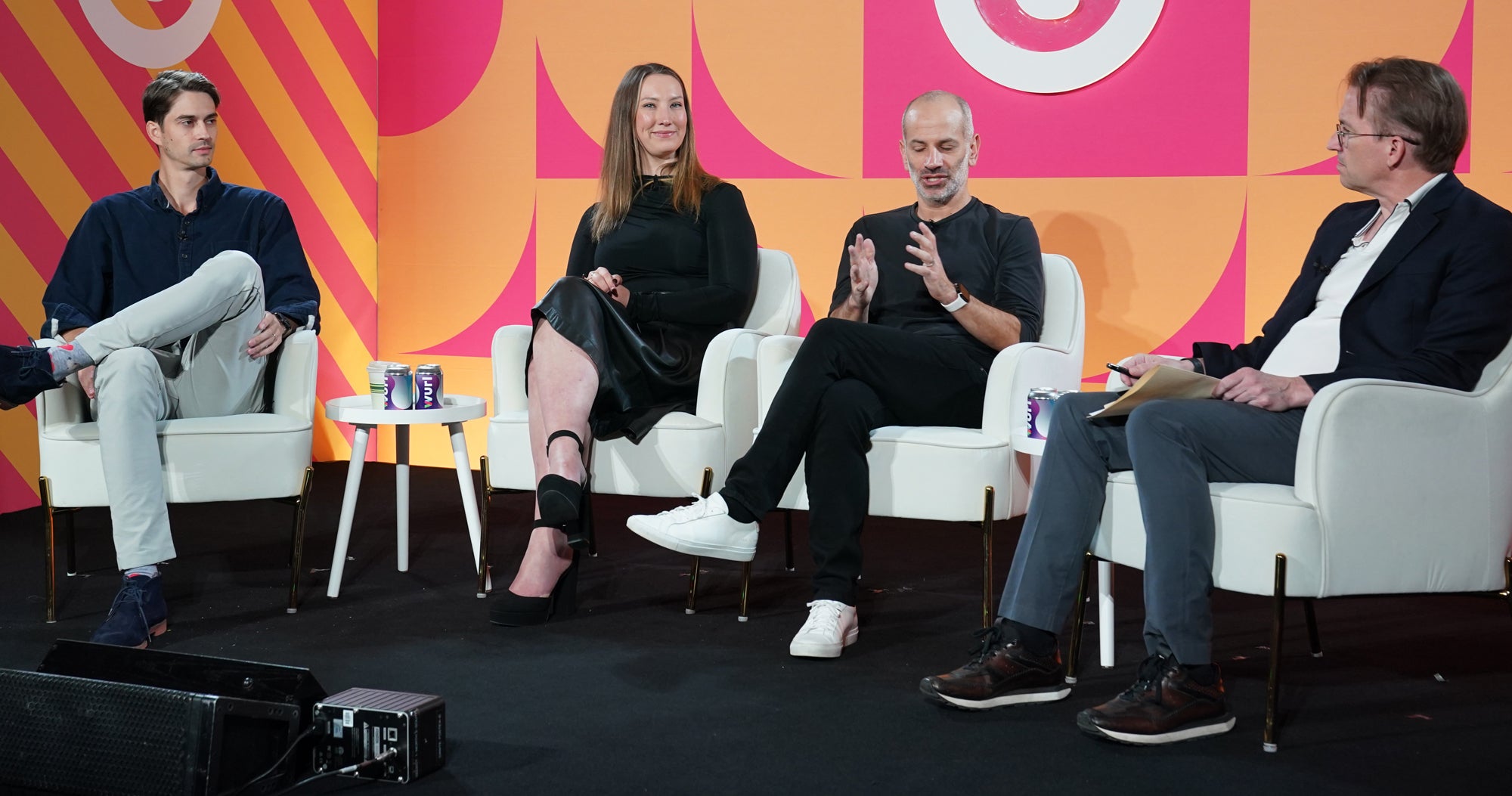
"Depending on the campaign, a brand might experience "exorbitantly high block rates," Geyer said, while "still showing up in unequivocally brand unsafe environments that no brand would want to appear next to." In other words, the worst of both worlds. Meanwhile, "positive" targeting, like contextual - as in, actively targeting certain placements rather than just steering clear of unsafe ones - can sometimes "feel like a black box to media buyers," Geyer said."
"On the flip side, despite research to the contrary, many brands still nervously avoid certain media environments - hard news in particular - because they're worried about negative associations. Meagan Myers, VP of programmatic strategy and partnerships at Fox Corporation, has experienced this dynamic firsthand. Some brands think it's simply "easier" and less risky to bluntly block an entire category or publisher, she said. And although brand safety and suitability tech is evolving beyond keywords, blocklists are still being used by verification providers, which often leads to overblocking and missed opportunities."
Brand safety practices remain ineffective, producing both high block rates and continued ad placements beside unsafe content. Media buyers face opaque contextual targeting tools that obscure how and why ads land in specific placements. Many brands avoid certain environments, especially hard news, due to concerns about negative associations, leading to blunt category or publisher blocklists. Verification providers still employ blocklists despite advances beyond keyword-based solutions, causing overblocking and lost opportunities. Advertisers experience frustration as the industry balances risk avoidance with missed reach and unclear technology transparency in programmatic ad buying.
Read at AdExchanger
Unable to calculate read time
Collection
[
|
...
]